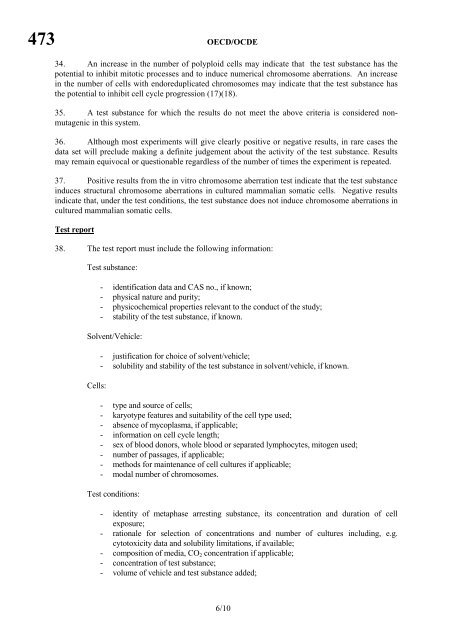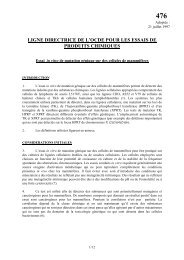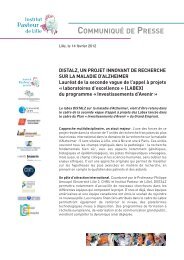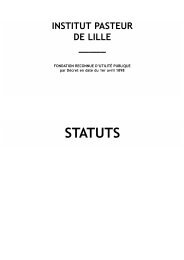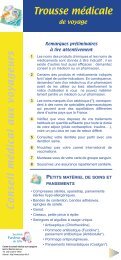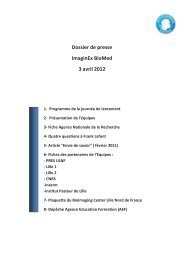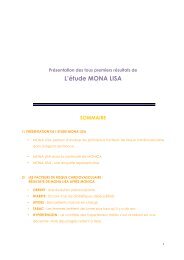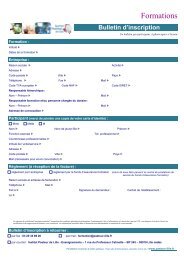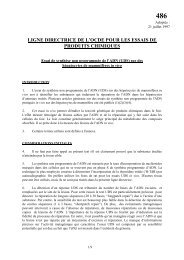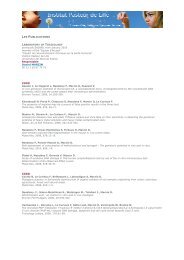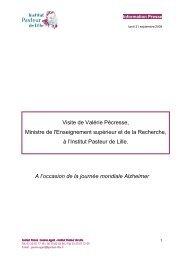OECD GUIDELINE FOR THE TESTING OF CHEMICALS
OECD GUIDELINE FOR THE TESTING OF CHEMICALS
OECD GUIDELINE FOR THE TESTING OF CHEMICALS
Create successful ePaper yourself
Turn your PDF publications into a flip-book with our unique Google optimized e-Paper software.
473 <strong>OECD</strong>/OCDE34. An increase in the number of polyploid cells may indicate that the test substance has thepotential to inhibit mitotic processes and to induce numerical chromosome aberrations. An increasein the number of cells with endoreduplicated chromosomes may indicate that the test substance hasthe potential to inhibit cell cycle progression (17)(18).35. A test substance for which the results do not meet the above criteria is considered nonmutagenicin this system.36. Although most experiments will give clearly positive or negative results, in rare cases thedata set will preclude making a definite judgement about the activity of the test substance. Resultsmay remain equivocal or questionable regardless of the number of times the experiment is repeated.37. Positive results from the in vitro chromosome aberration test indicate that the test substanceinduces structural chromosome aberrations in cultured mammalian somatic cells. Negative resultsindicate that, under the test conditions, the test substance does not induce chromosome aberrations incultured mammalian somatic cells.Test report38. The test report must include the following information:Test substance:- identification data and CAS no., if known;- physical nature and purity;- physicochemical properties relevant to the conduct of the study;- stability of the test substance, if known.Solvent/Vehicle:Cells:- justification for choice of solvent/vehicle;- solubility and stability of the test substance in solvent/vehicle, if known.- type and source of cells;- karyotype features and suitability of the cell type used;- absence of mycoplasma, if applicable;- information on cell cycle length;- sex of blood donors, whole blood or separated lymphocytes, mitogen used;- number of passages, if applicable;- methods for maintenance of cell cultures if applicable;- modal number of chromosomes.Test conditions:- identity of metaphase arresting substance, its concentration and duration of cellexposure;- rationale for selection of concentrations and number of cultures including, e.g.cytotoxicity data and solubility limitations, if available;- composition of media, CO 2 concentration if applicable;- concentration of test substance;- volume of vehicle and test substance added;6/10


